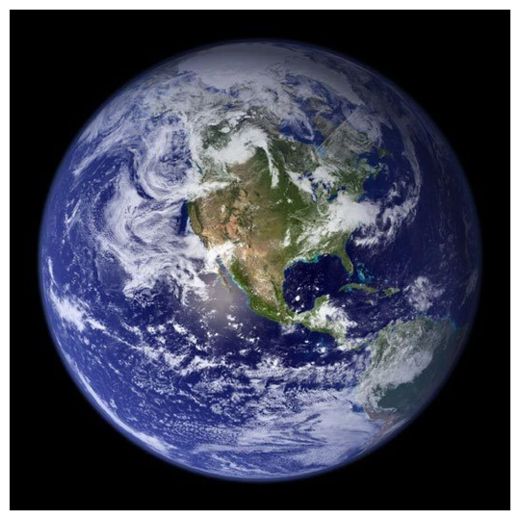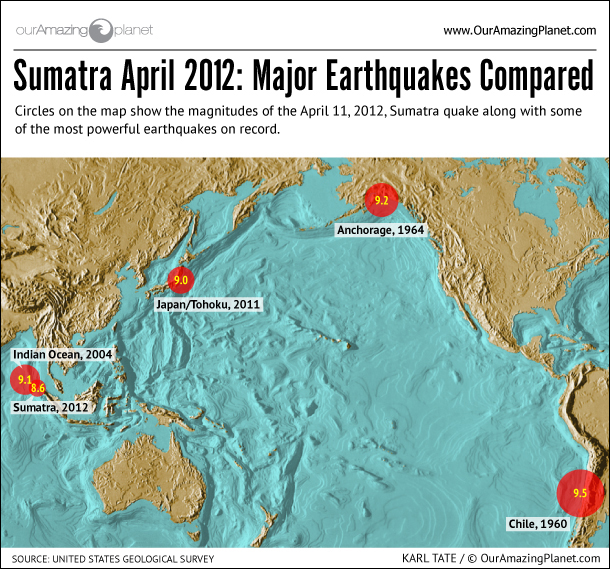
© NASA/JPLOur planet as seen from space.
A group of former NASA employees, including astronauts, has called on the agency to stop making "unproven and unsubstantiated remarks" regarding global climate change - specifically that human activities are driving global warming.
"We believe the claims by NASA and (Goddard Institute for Space Studies), that
man-made carbon dioxide is having a catastrophic impact on global climate change are not substantiated," write the 49 signatories in a letter to NASA administrator Charles Bolden. [
Read the Full Letter]
This is the most recent objection by skeptics who challenge the reality of human-caused global warming. For decades, climate scientists have warned that humans are changing the composition of our atmosphere, warming the planet and, as a result, face rising sea levels,
more extreme weather and other consequences. The concept is now well established in scientific literature and attempts to address it are the subject of ongoing international talks.
The letter originates from members of the Johnson Space Center Chapter of the NASA Alumni League, according to Walter Cunningham, a former astronaut who flew the
Apollo 7 in 1968 and one of the letter's signatories.
In its four paragraphs, the letter deliberately avoids delving into its signatories' reasons for doubting climate-change science, Cunningham told LiveScience. "It's really trying to get NASA to back off from taking political positions on science."
Human-caused global warming is "a very open issue right now," he said.


Comment: This boom, occurred just six hours after a similar massive boom that shook houses over large swathes of England was heard. That boom was also blamed, by British authorities, on military jets. What are the odds? Given the large number of meteorite sightings in recent years, it is far more likely that these booms were caused by overhead meteorite detonations and the US and British governments are scrambling to cover it up.
Note some of the comment of eyewitnesses left on at the original link of this article: